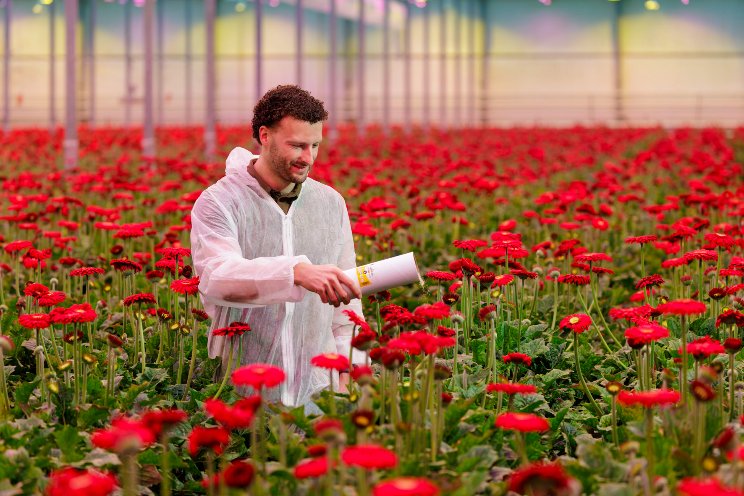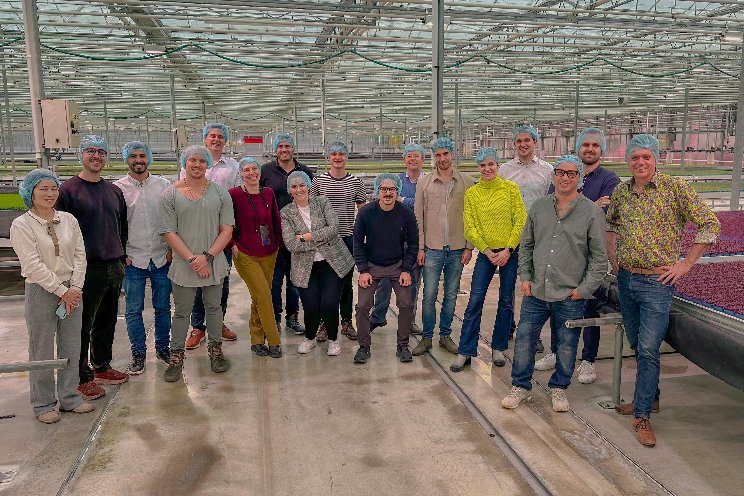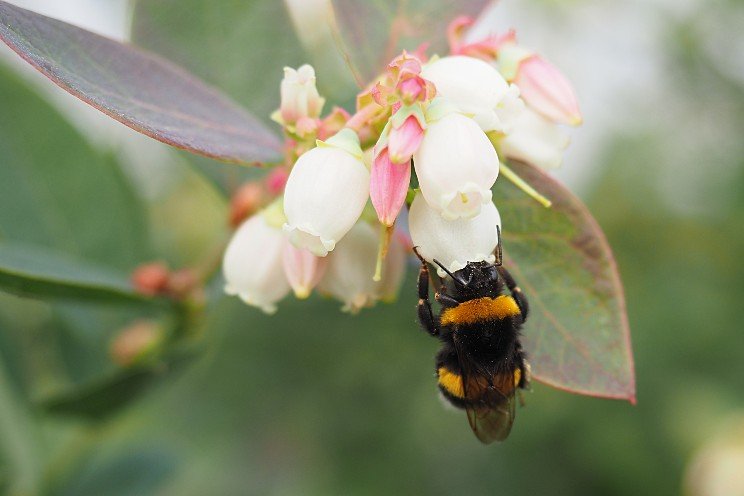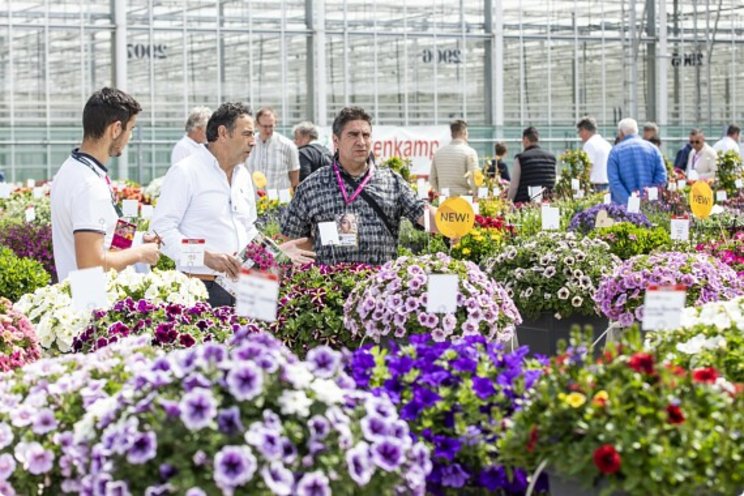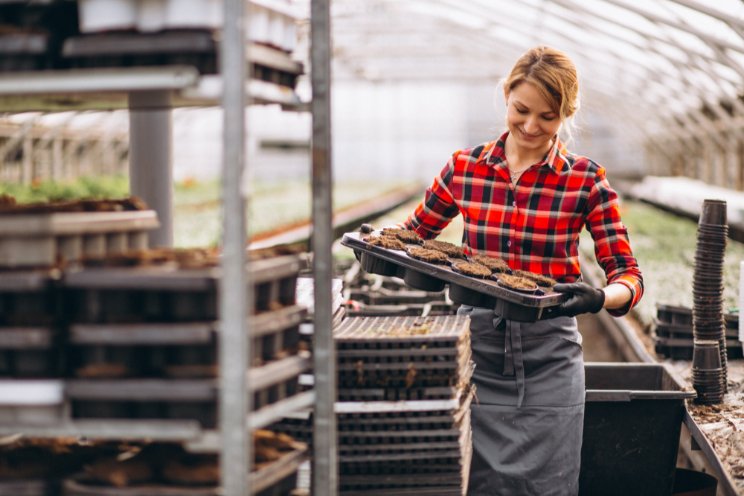How to beat summer stresses in the greenhouse
Added on 04 August 2023

Given sufficient equipment and energy inputs (and avoiding any major failures!), we can usually achieve our target light intensities, air and nutrient solution temperatures, and relative humidity or vapor pressure deficits (VPD) throughout the winter. However, in the midst of the summer, the greenhouse can be more challenging to control, and light, air temperatures and water vapor often exceed desirable ranges for optimal crop growth and productivity and are challenging to reduce and maintain at acceptable levels. This article will highlight some of the most common disorders for hydroponic crops produced in the greenhouse during the summer, and how to deal with them.
Fruiting vine crops can be susceptible to a number of disorders during the summer, including blossom end rot, sunscald and reversion. Blossom end rot is a disorder where necrotic lesions form on the bottom of pepper and tomato fruits due to a calcium deficiency. While insufficient calcium in fertilizers can certainly be the culprit, the summer environment can also induce this disorder when sufficient or ample calcium is provided. Blossom end rot can occur when transpiration is lower due to low light or cool temperatures, and insufficient calcium is taken up. Interestingly, it can also be a problem when excessive transpiration occurs, and fruits are not able to compete with the strongly transpiring leaves for calcium.
Photo caption: In order to reduce excessive photosynthesis, which can promote vegetative growth and induce disorders such as reversion on inflorescences, leaves can be removed to reduce leaf canopy and, therefore, total photosynthesis. Source: Produce Grower
More news
